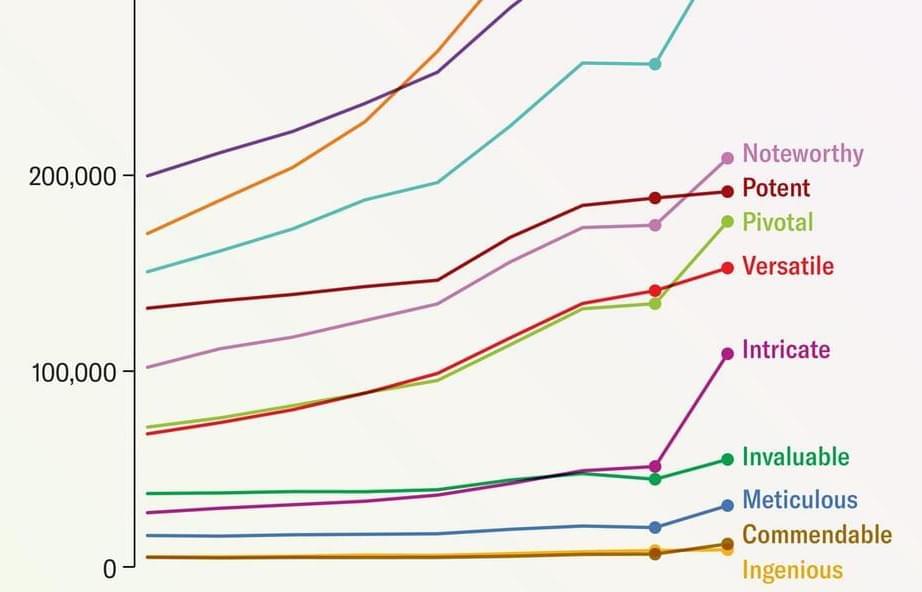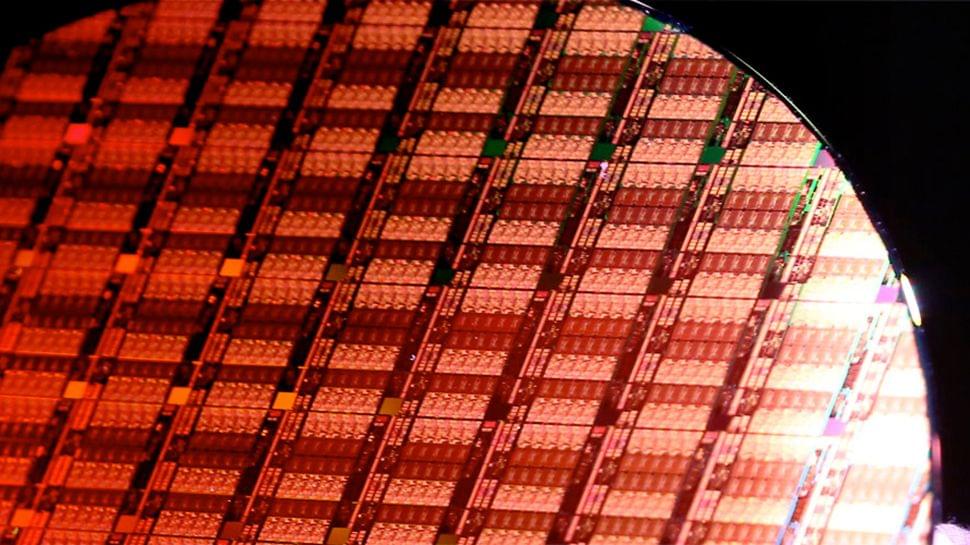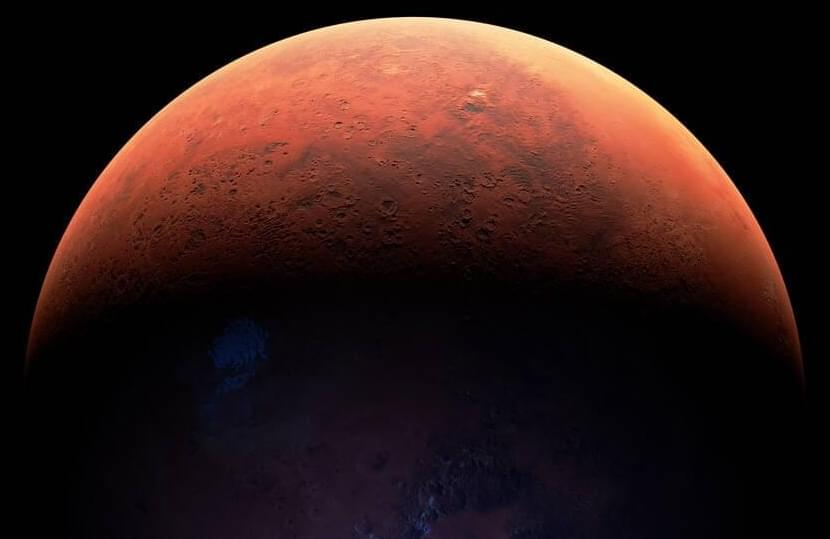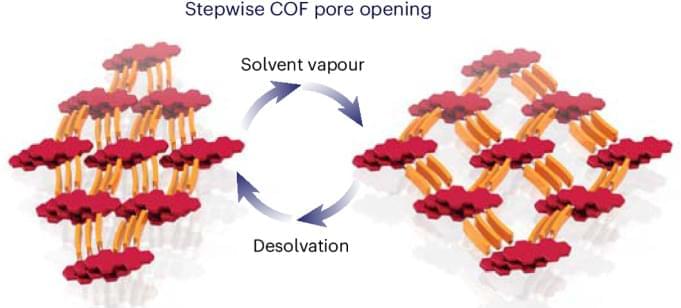Scientists have only begun to discover the endless possibilities hidden within our universe, like finding an entire galaxy that shouldn’t exist! Join us in today’s epic new video as we explore an impossible galaxy!
🔔 SUBSCRIBE TO THE INFOGRAPHICS SHOW ►
🔖 MY SOCIAL PAGES
TikTok ► / theinfographicsshow.
Discord ► / discord.
Facebook ► / theinfographicsshow.
Twitter ► / theinfoshow.
💭 Find more interesting stuff on:
https://www.theinfographicsshow.com.
📝 SOURCES: https://pastebin.com/ribHP3qp.
All videos are based on publicly available information unless otherwise noted.







